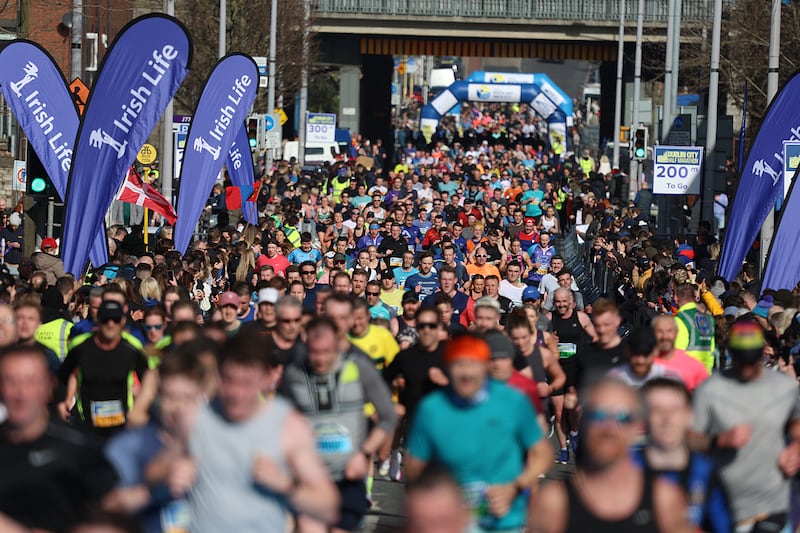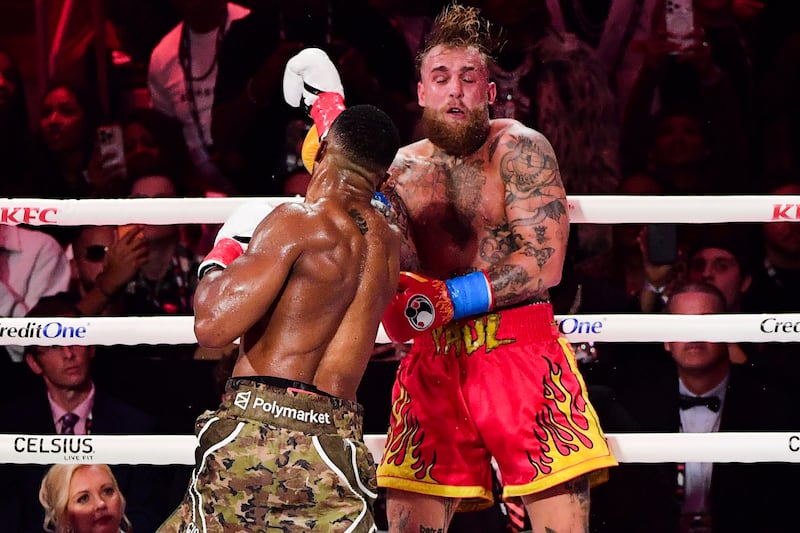When did everything begin to be curated? At some point since the turn of the millennium, curating escaped from museums and galleries to rampage through our lives. Holidays, menus, playlists, social-media feeds, clothing and even cheese now get curated. The term is meant to signify added value and meaning. So what does it mean for art curators, who are among the original of the species? And how does it all work?
Back in time, curators were caretakers, and that definition still stands: today’s gallerists and exhibition curators do take considerable care when making the selections for the shows we see. The Kerlin’s current exhibition, Here Comes Love, showcases newer artists alongside some more familiar faces. Darragh Hogan, one of the Dublin gallery’s directors, says it begins with gut instinct.
“We start by drawing up a longlist of artists that fascinate us – artists that interest us, confuse us, that continue to excite us and that we don’t work with. At that stage it is genuinely listening to our gut as to what is being made that we don’t understand, that we’d like to know more about.”
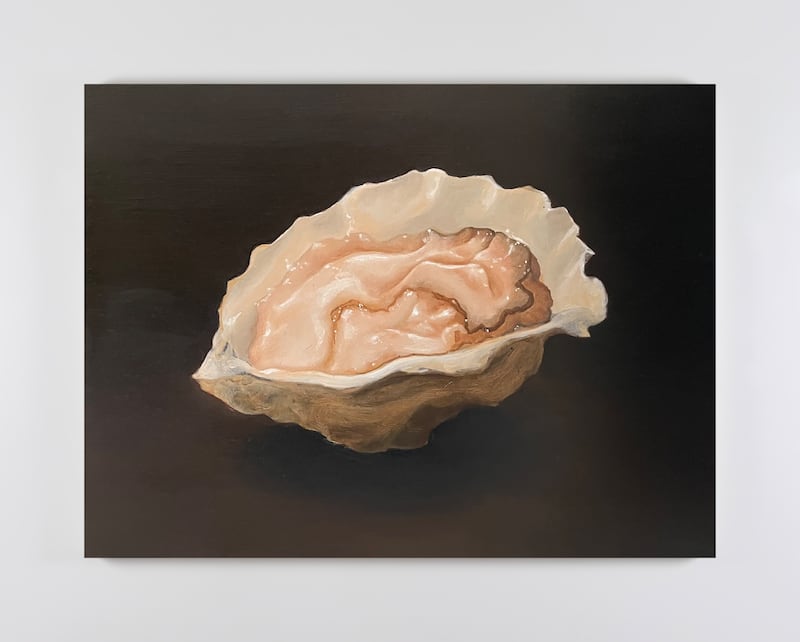
The idea of selecting art because you don’t understand it might seem like the epitome of difficult art for difficult art’s sake, but what Hogan is actually talking about is the art that is richer and more complex, that doesn’t give up all its mysteries on first viewing.
RM Block
At Here Comes Love that includes Vanessa Jones’s figurative portraits, both of herself and of an oyster; Jennifer Mehigan’s prints, which range from brush-stroke-laden almost-abstracts to CGI-inflected trippy pictures; and Lee Welch’s stripped-back paintings. It is all very covetable, which is important, because despite being a stalwart of the Irish and international arts scene since 1988, Kerlin exists to sell art. On this, Larry Gagosian, arguably the most famous gallerist in the world, says: “Nobody really needs a painting. It’s something you kind of create value for in a way that you don’t with a company. It’s an act of collective faith what an object is worth. Maintaining that value system is part of what a dealer does, not just making a transaction but making sure that important art feels important.”
Successful artists, Hogan notes, are the ones who go to the studio, and work hard every day
Over time, the reputation of a gallery begins to add its own value, through a form of branding built on trust, and association with the other artists it represents. “Who decides what looks saleable?” Hogan asks. “There are so many misconceptions from many different people, including ourselves, as to what is something that can actually sell. And you know, after 35 years, we’ve been wrong every time we’ve had an assumption ... I genuinely think, if we’re guided by what is interesting and of quality and hasn’t been seen before, if we give it a public, and it then finds an audience, it can also find a buyer.”
The decision to represent an artist includes an assessment of that artist’s commitment. Successful artists, Hogan notes, are the ones who go to the studio, and work hard every day. This feeds into the longer-term process of developing an audience for an artist, which then “distils down into a very few people that would have the capacity or the interest to continue that relationship with the work on a long-term basis, and by that I mean place it somewhere in a collection.”
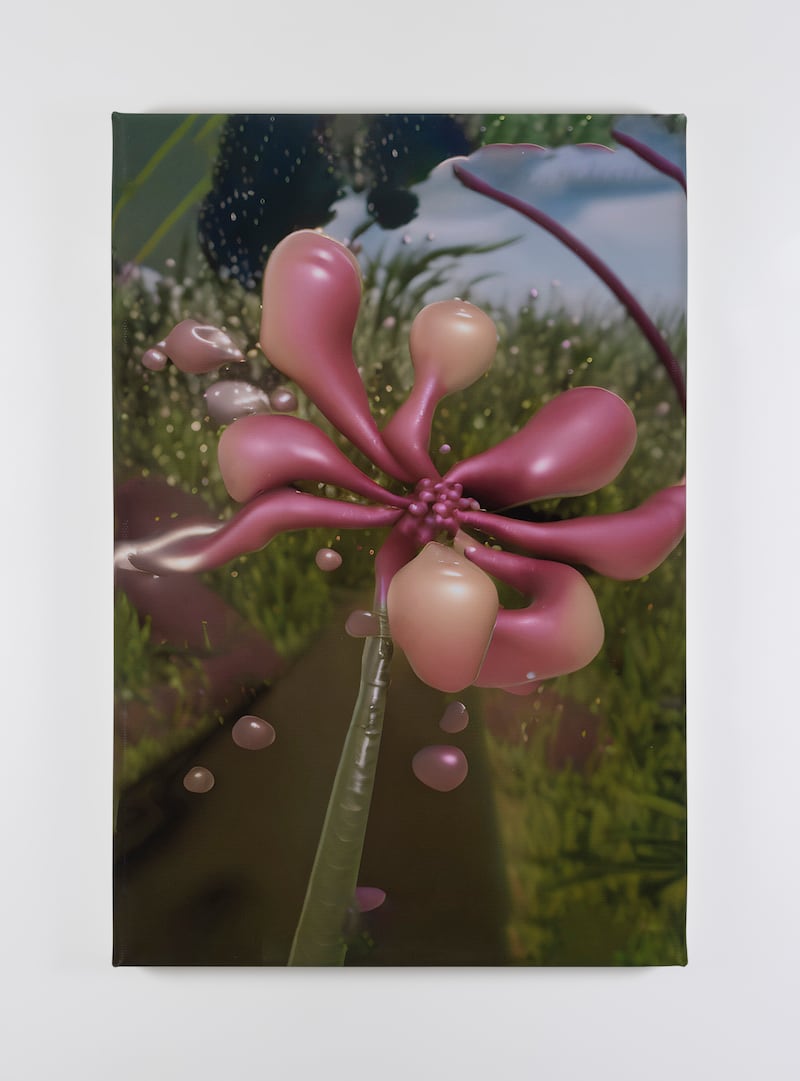
Do public – or, rather, non-selling – galleries select work differently? Audience is always important, but at the Highlanes, Drogheda’s municipal gallery, its director, Aoife Ruane, also has a remit to broaden audiences for art. This changes not the artists whose work is shown but the language around them and the choice of themes for its exhibitions, such as Bristle, from 2017, which looked at what artists made of hair.
Ruane’s programming includes supporting artists with solo shows and bringing renowned artists to the locality. This also promotes an ecosystem between commercial galleries, public galleries and festivals. The artist Diana Copperwhite is represented in Ireland by the Kevin Kavanagh gallery. Her solo show Onomatopoeia was at Highlanes in March, and has just closed at Galway International Arts Festival.
Drogheda native Nano Reid, with Norah McGuinness, had been the first artist to represent Ireland at the Venice Biennale. ‘Her work is still thrilling to contemporary eyes’
It is much harder for the equally good and interesting artists who don’t have galleries to represent them, and we are all the poorer for it. The last recession, and its after-effects, cut a swathe through Ireland’s commercial gallery sector, and it hasn’t recovered. Ways need to be found to support those committed to working with artists to develop, make and sell work over their careers.
The Highlanes programme also showcases art and artists from the municipal art collection, either in thematic group or solo shows. In this, choices of artists and pieces ensure their work remains relevant and interesting. Its exhibition Adamantine marked the 40th anniversary of the death of the Drogheda native Nano Reid, who with Norah McGuinness had been the first artist to represent Ireland at the Venice Biennale. “Her work is still thrilling to contemporary eyes,” says Ruane.
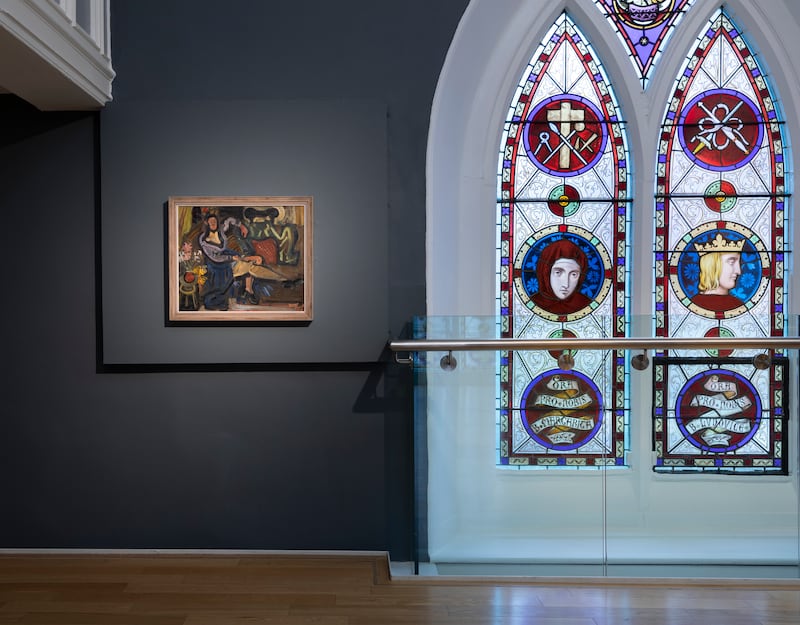
When putting together a survey show like this, is work selected because it is historically significant or just plain gorgeous? Ruane reckons that the best is both. “The work of artists that is conceptually and skilfully highly competent ... could be considered ‘gorgeous’, critically speaking,” she says, making a point that goes back to Hogan’s idea that the works that continue to reward, confound and surprise are generally the best works of art, and frequently have a strong aesthetic element that goes beyond surface beauty.
The current show at Highlanes, Trace, invites art teachers to curate from the collection. This is echoed in the Olivier Cornet Gallery’s exhibition My Favourite Artwork, for which Cornet asked interns and volunteers to select and write about work from the gallery’s back room. (Back rooms at galleries are often the most interesting spaces, and gallerists are usually delighted to show you around, with a bit of notice.) Mary Rose Porter interned at the gallery after finishing her master’s degree in art history. Her selection is Miriam McConnon’s Rows of Passport Tents, painted in 2021.
Part of the attraction, according to Porter, is that she already had a connection with the artist, having met her working on a previous exhibition. “She is an amazing woman,” says Porter. “She works deeply with the community, no matter where she is. This work really stood out because of the awful crises we’re all going through at the moment. There’s the idea of passports, lined up in rows like tents, and that clinical sense of temporary shelter applied to these unique personal stories – I loved the work and the message behind it.”
The extra layers that adjacency creates mean that often, when someone wants to buy a piece, Cornet will take it out of context, away from the wall, to check that they still like it
Having a group of people select separate works brings its own headaches, as the best exhibitions create conversations not just between artwork and viewer but also between individual works. It is astonishing how fragile, or perhaps how permeable, even the strongest artworks are when placed beside something else. “If I have a group show it’s usually on a theme,” says Cornet. “When I’m selecting works, consciously or unconsciously I’m working out dialogues, selecting pieces relative to each other. It was unusually challenging to hang these,” he says, laughing. The extra layers that adjacency creates mean that often, when someone wants to buy a piece, Cornet will take it out of context, away from the wall, to check that they still like it when they see it independently. “The first impression is usually influenced by the other works around them.”
All galleries have “good walls”, where work becomes most impactful. They also have spaces where louder works can shine, without drowning out more subtle pieces nearby. Anna O’Sullivan of the Butler Gallery, in Kilkenny, is particularly gifted at selecting and hanging exhibitions. Having also spent more than 20 years in New York, first at the not-for-profit Franklin Furnace and then as a director of the Robert Miller Gallery, she has a unique perspective on curating art. Overnight success, she confirms, “is a long, slow game”.
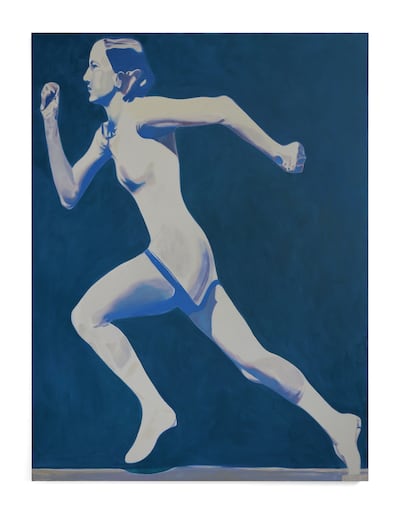
At the commercial end, a great deal of work will be put into establishing and maintaining relationships with the art world’s power brokers: international curators, museum directors and art advisers to the very wealthy and famous. An artwork may be sold without ever having come to exhibition, but O’Sullivan echoes Hogan in the commitment the best commercial galleries make to their artists. Robert Miller, she says, “represented some incredible artists who for years did not sell well at all, but Bob Miller believed in and was committed to the work.” As those artists included Louise Bourgeois, Lee Krasner, Eva Hesse, Diane Arbus and Robert Mapplethorpe, he and his team were proved right.
The Butler’s Art of Sport exhibition demonstrates how an open theme can expand into a fascinating, rich and accessible exhibition, in this case presented in partnership with Kilkenny Arts Festival. Choices for an exhibition such as this are often made around some linchpin pieces, then layered with other works to develop ideas, tones and conversations and to introduce new artists and voices.
[ Pain and glory: Artists explore how sport permeates lifeOpens in new window ]
For an artist who has been offered a solo show, the process includes studio visits, discussions about the installation and, often, a critical response, “if the artist is open to it. Sometimes the artist is totally involved in the selection of work and has a vision from the start of what they want, but other times artists need some assistance and advice on the presentation of a fully fledged exhibition”. In the gallery itself, walls will be built and painted, and works lit. “There is the odd experience of seeing work in a studio and then seeing it transformed, or ‘professionalised’, on the gallery walls that is disarming sometimes,” says O’Sullivan. “But mostly it is wonderful.”
Here Comes Love is at the Kerlin Gallery, Dublin, until August 26th. My Favourite Artwork is at Olivier Cornet Gallery, Dublin, until August 27th. Trace is at the Highlanes Gallery, Drogheda, until September 9th. The Art of Sport is at the Butler Gallery, Kilkenny, until October 8th



















